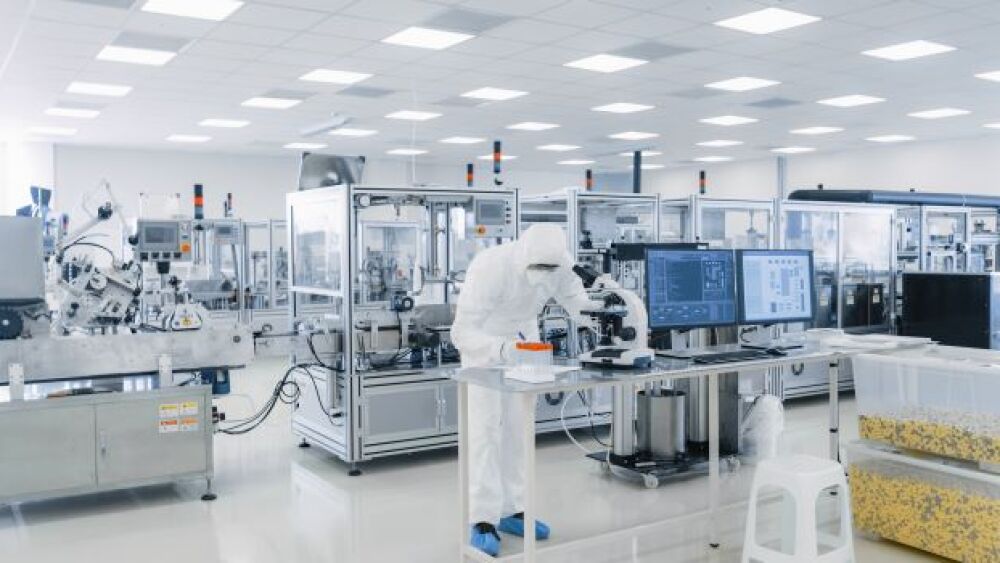The Biotechnology Innovation Organization provides a glimpse of economic development in the biosciences ecosystem at the state and regional levels.
The Biotechnology Innovation Organization (BIO) provides a glimpse of economic development in the biosciences ecosystem at the state and regional levels. The report, which was developed in partnership with the Council of State Bioscience Associations (CSBA), was released as an industry analysis in the wake of the COVID-19 pandemic and its impact on the overall economy.
The BIO report, “Driving the Bioscience Economy Forward During the COVID-19 Pandemic: Best Practices in State and Regional Economic Development Initiatives,” is the sixth edition of the study.
The biosciences industry remains one of the strongest in the United States, providing high-paying jobs and positively boosting the nation’s overall economy. States across the country are ramping up economic development efforts to reap the benefits of a booming industry, the Biotechnology Innovation Organization noted in its latest report.
The bioscience industry employs approximately 1.87 million people across more than 101,000 companies and organizations. Employment within the industry has seen significant growth over the past several years, which is coupled with average wages higher than the national average.
State and local officials are implementing programs to expand life sciences companies and employment numbers across the nation. BIO said state partners are “increasingly allowing companies to monetize earned R&D and net operating loss credits, sales tax exemptions for the purchase of R&D and manufacturing equipment, and investment tax credits to drive angel capital investment in the bioscience industry.” In 2018, the bioscience industry’s total economic impact on the U.S. economy totaled $2.6 trillion, which was measured by overall output.
Programs have been put in place to support the development of early- and mid-stage companies. Some of the programs used across the country include site and infrastructure grants, renewable energy tax credits and utility rebates, as well as sales and use tax discounts, exemptions and refunds. By implementing these programs, state lawmakers are supporting the life sciences industry’s growth.
And those state programs are paying off. Since 2016, the industry has grown its employment base by 7.2%, more than twice the growth rate for the overall private sector.
Not only has there been significant growth in employment over the past three years, but compensation is also seeing growth. According to the report, the average bioscience employee receives an annual salary nearly two times the average U.S. worker. The average salary in the bioscience industry is $107,000, or $50,000 more than the nation’s private sector average.
The report outlines measures enacted in multiple states to attract high-quality life sciences employees. For example, In Oregon, state officials implemented a program that established the Eastern Oregon Border Economic Development Board that allows it to contract with third-party organizations on workforce development projects. The legislation also allows for third-party organizations to provide grants to local industries for workforce development purposes.
Across the country, states and local governments are implementing an overall supportive regulatory climate to ensure predictable and stable regulatory treatment of biosciences firms. There is also an increased focus on biomanufacturing programs, which BIO sees as a significant area of future growth.
Public-private partnerships are also critical to the future growth of the industry.
“Whether the need is capital, workforce, facilities, innovative ideas to transfer, or supportive business climate legislation, the bioscience industry has worked with public and private entities to move cutting-edge research into products for citizens here in the U.S. and around the world,” the report stated.
Dr. Michelle McMurry-Heath, president and chief executive officer of BIO, said that public policy at all levels of government could make a significant impact on growth, jobs, and innovation in the bioscience sector.
“And states are often the laboratories of new public policy, where cutting-edge ideas and approaches are tried and tested. This report provides a timely blueprint for how to support the bioscience economy and what state policymakers can do to help it flourish in the future,” McMurry-Heath said in a statement.





